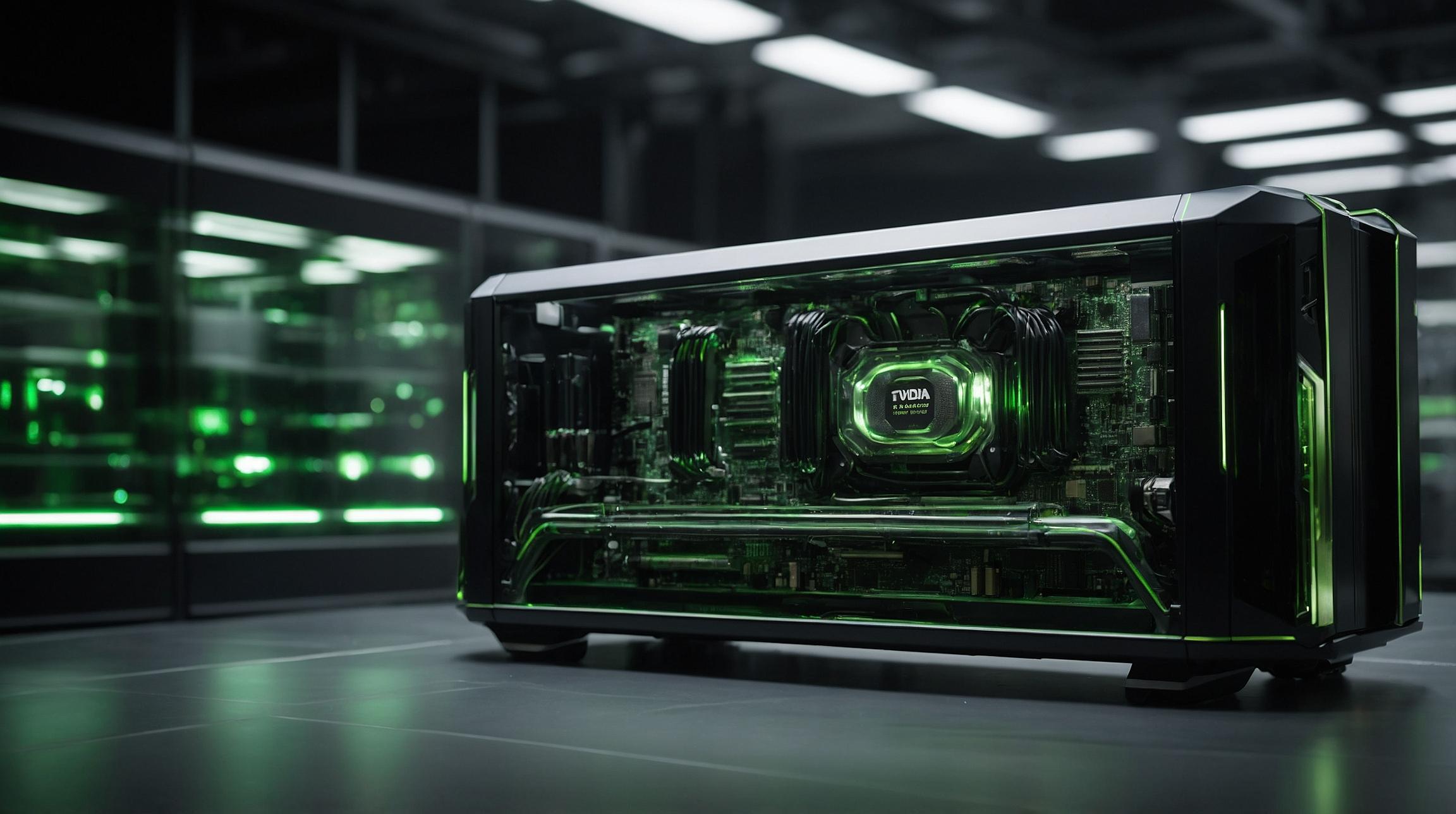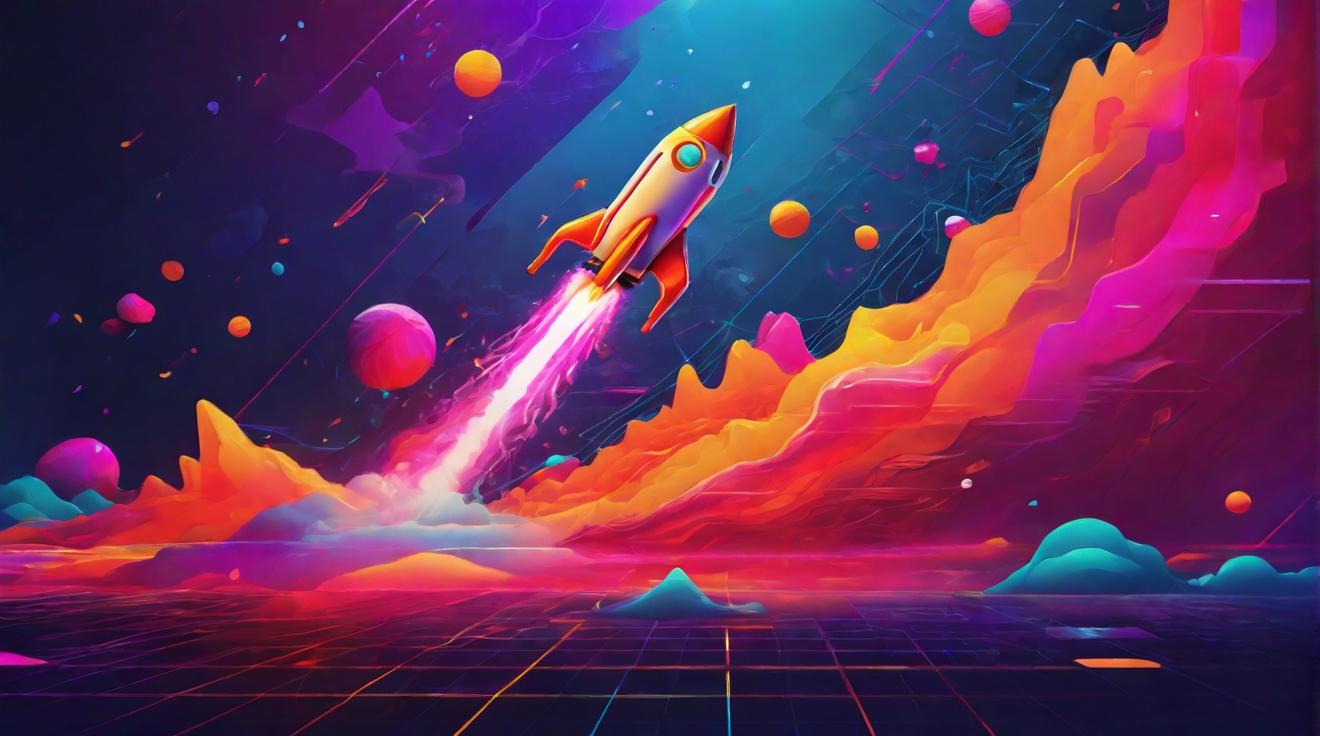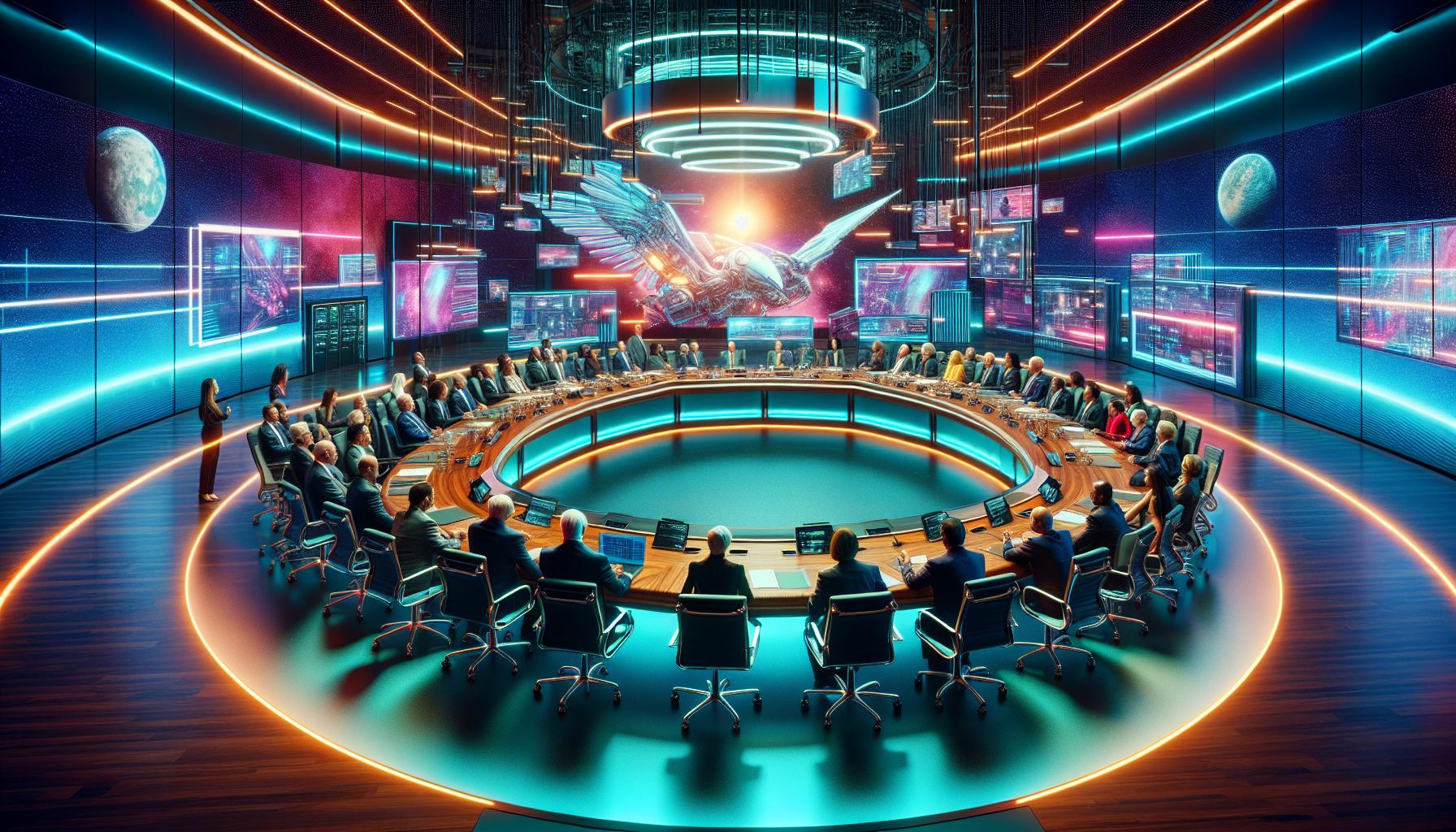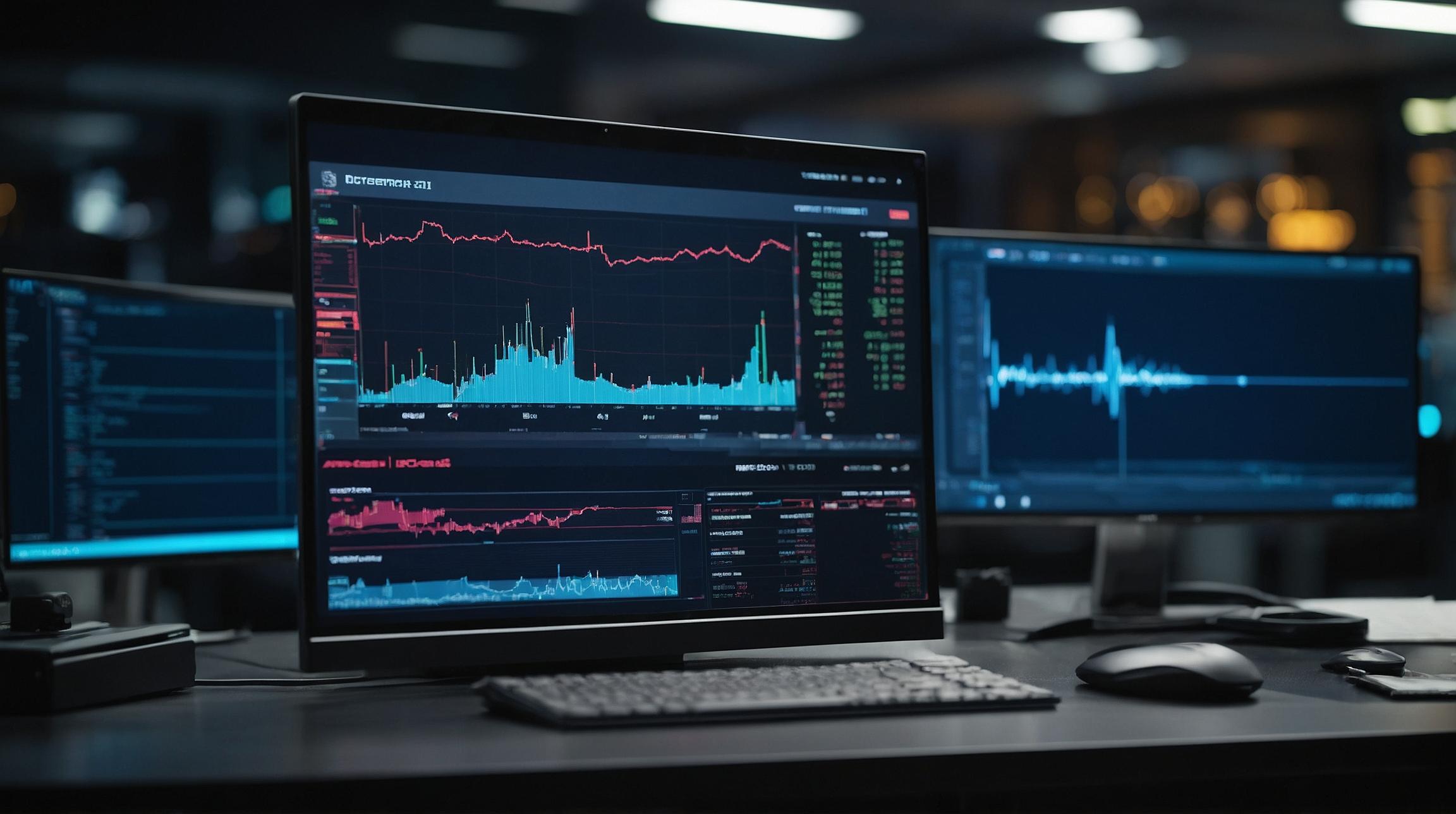Nvidia's GPU Delay: What It Means
Nvidia's possible delay of its next-generation Blackwell B200 GPUs, designed for AI and high-performance computing (HPC), has stirred interest among tech enthusiasts and industry analysts. However, this delay is not expected to severely impact the AI server market, according to Supermicro, a significant player in the server supply market.
Charles Liang, CEO of Supermicro, indicated during an earnings call that the delay is not unusual. "We heard Nvidia may have some delay, and we treat that as a normal possibility," Liang remarked. He further explained, "When they introduce a new technology, new product, there is always a chance there will be a push out a little bit. In this case, it pushed out a little bit. But to us, I believe we have no problem to provide the customer with a new solution like the H200 liquid cooling."
Understanding Nvidia's Blackwell GPUs
The B100 and B200 GPUs are among the first to utilize TSMC's CoWoS-L packaging, a sophisticated technology that allows for the creation of larger system-in-packages. This involves using active or passive local silicon interconnect (LSI) bridges integrated into a redistribution layer (RDL) interposer, rather than a silicon interposer used in previous models like the H100.
Technical Challenges
One of the key challenges with the Blackwell GPUs is the precision placement of bridge dies, which are crucial for maintaining a 10 TB/s interconnect speed between chipsets. Issues have been reported, such as a possible coefficient of thermal expansion (CTE) mismatch between GPU chiplets, LSI bridges, the RDL interposer, and motherboard substrate. This can cause warpage and failures in the system-in-package (SiP).
Additionally, there are rumors of redesigns required for the global routing metal layers of the Blackwell GPU silicon, leading to potential multi-month delays.
Mitigating Market Impact
Despite these challenges, Nvidia has strategies to mitigate the impact. They plan to produce the 1000W B200 in low volumes by Q4 2024 for HGX servers. Additionally, high-end servers based on the GB200 NVL36 and NVL72 models will be available to select customers in limited quantities.
To satisfy the demand for lower-end AI systems, Nvidia is developing a B200A variant, featuring a monolithic B102 silicon. This product will have 144 GB of HBM3E memory and will be available in mid-2025.
Future Prospects: Blackwell Ultra
Looking forward, Nvidia is reportedly working on a mid-generation upgrade, the Blackwell Ultra series. This lineup, expected in Q3 2025, will feature upgrades including increased memory and performance, with versions extending up to 288 GB of HBM3E memory and enhanced FLOPS performance.
Although the delay of high-end Blackwell GPUs is significant, Nvidia's proactive measures suggest they will successfully navigate these challenges and maintain their leadership in the AI server market.













